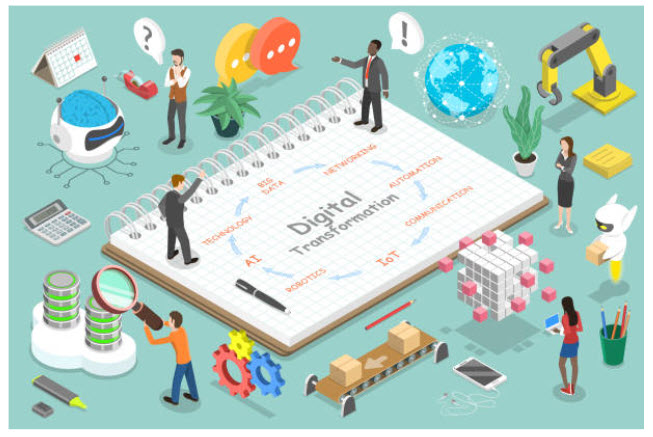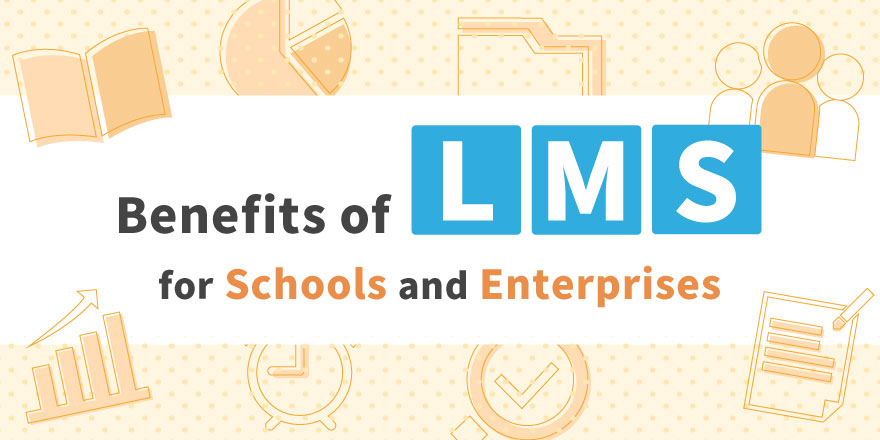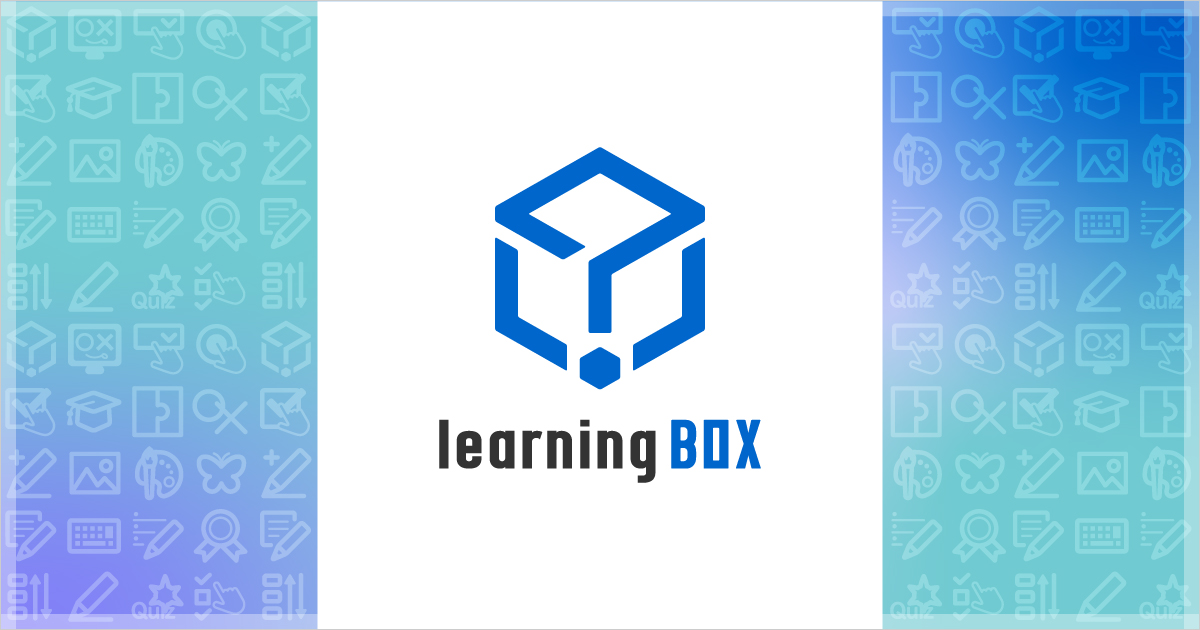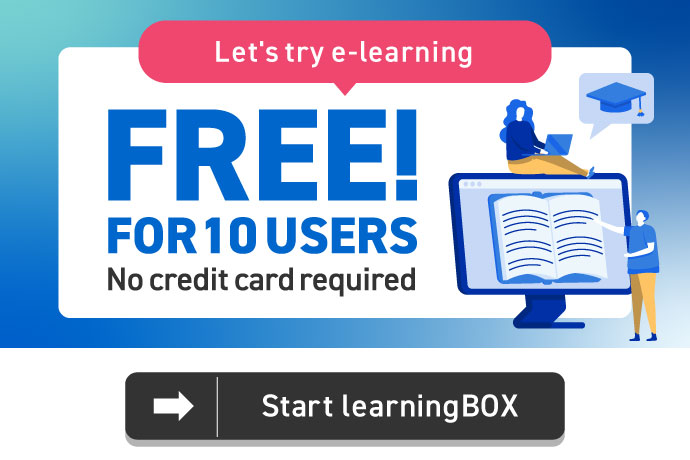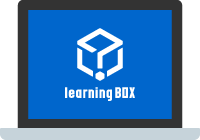Advantages and Disadvantages of e-Learning|Let's streamline your in-house training and examinations!
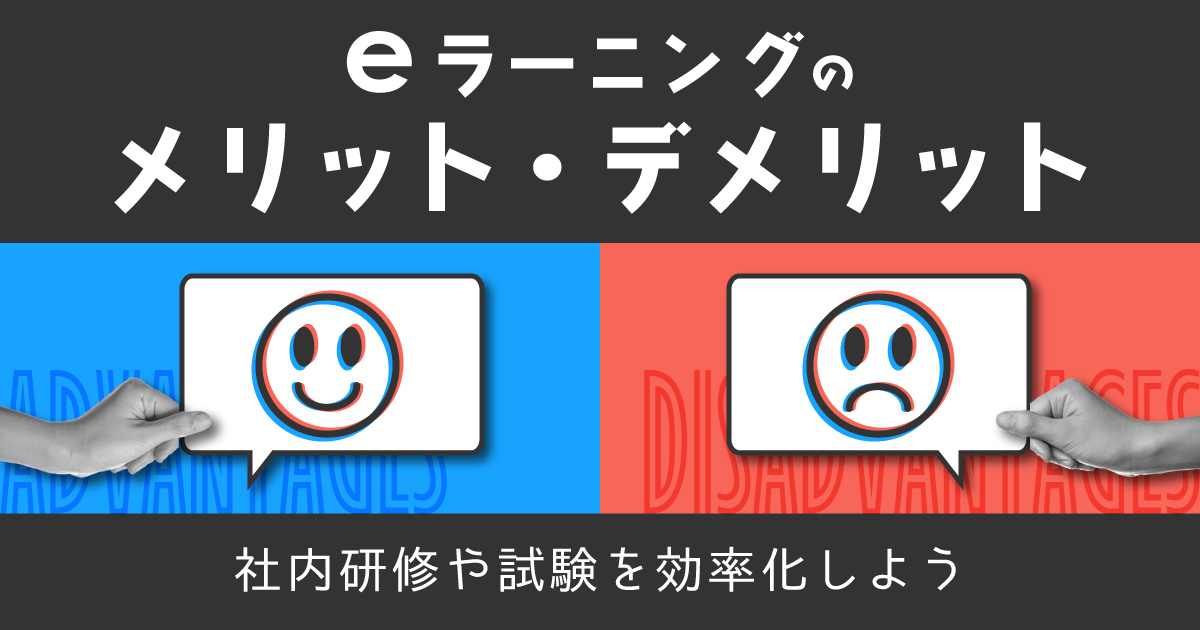
E-learning is a learning method utilizing the Internet and electronic devices. Although it has a strong image of being used for studying for certification exams, it is also used in the business world today.
For example, online training for new employees and compliance training are typical examples.
In this article, we will thoroughly explain the advantages and disadvantages of incorporating e-learning into in-house training and examinations, and we will also introduce recommended systems required for in-house production of content using e-learning, so please read on if you are in charge of a company.
Contents
Advantages and Disadvantages of E-Learning [Administrators].

Incorporating e-Learning into employee training and personnel development has benefits for companies on the management side. Here are some of the advantages of e-Learning from a company's perspective, as well as some points to keep in mind.
Advantages
We can reduce the cost.
E-learning is attractive because once a suitable system is built for your company, it can be reused over and over again, leading to cost savings.
For example, it can reduce the cost of corporate training, use of test centers, employee transportation, lodging, and printing of study materials. This is especially effective for companies with a large number of employees or when participants are located throughout the country.
The new coronavirus makes it easy to incorporate telework and remote work in companies that have introduced telework and remote work.
Centralized management of student information
The e-learning system automatically records various information such as progress rate, attendance information, grades, and study time on the database for each study session.
This eliminates the time and effort of manually inputting data, which is conventionally done. Aggregated learning history and grade data can be used to create new teaching materials or for analysis and evaluation of learners.
Easy to revise and update materials
In the case of e-learning, the learning content is provided on a single platform, making it easy to modify and update the material.
For example, when conducting compliance training, it is easy to adjust the content to coincide with changes in the law, or to add the latest case studies.
If paper-based materials are distributed, they must be collected and then revised and distributed again, which tends to place a heavy burden on the company.
Easy to provide the best learning program for each student
When a company engages in human resource development, the educational content required will vary from employee to employee.
Specifically, new employees should be required to take general business etiquette training. For managers, it is important to provide appropriate learning programs by proficiency level and rank, such as labor management training.
With e-learning, flexible learning programs can be established according to the learning status by combining prepared teaching materials.
Equal learning opportunities
Because e-learning allows students to complete their studies online, they can take classes at their own convenience. Companies can easily provide equal learning opportunities and expect to raise the level of student understanding.
In addition, the same learning content can be provided regardless of the number of trainees, preventing variations in quality due to differences in textbooks and instructors.
Cons
Time-consuming and costly to create teaching materials
There are several different ways to prepare eLearning materials. Generally, you can choose to purchase ready-made materials, have them custom-made, or produce them in-house. The disadvantage is that it requires a lot of time and effort to select the best method according to the content and target audience you want to include.
Also, the initial cost of procuring hardware and software cannot be overlooked. If you want to procure your own original teaching materials at a low cost, we recommend using an e-learning system to produce them in-house.
A certain level of IT literacy is required for operation.
E-learning requires the use of a computer, tablet, or smartphone, and a certain level of IT literacy is required of participants.
Therefore, it is important for companies to provide eLearning that is intuitive and easy to use, even for those who are not familiar with IT tools. It is also a good idea to introduce e-learning that is compatible with mobile devices, which many people own and have a certain level of literacy.
Some content is not suitable for e-learning
E-learning is not suitable for training content that involves practical skills. For example, customer service training or complaint handling training may not be effective because it is difficult to convey details through a screen.
It is advisable to use e-learning for classroom lectures that provide knowledge, and face-to-face lectures for training that involves practical skills.
Back to ContentsAdvantages and disadvantages of e-learning [Learners].

Next, I will share with you the advantages and challenges of e-learning from the learner's perspective. when moving forward with e-learning, it is ideal to take advantage of the advantages while covering as many of the disadvantages as possible.
Advantages
Repeatable
With e-learning, it is possible to rewind and re-listen to parts of the course that you have missed. This allows you to change your learning style according to your level of understanding, helping you to consolidate what you have learned.
In the case of group training, if you miss something, you must ask the instructor a question, and in many cases it is not possible to re-take the course.
Study where and when you want
E-learning courses can be taken at any place and at any time, as long as an Internet environment is available. It is easy to learn at home, during breaks at work, or while commuting to and from work.
This will lower the hurdle to take the course and make it easier for those who are busy with work and other commitments.
Easy to check learning progress and understanding
Another advantage of e-learning is that you can receive feedback immediately after the course.
For example, when a test is administered, the results are immediately reflected in the system, allowing students to check their learning progress and level of understanding in real time. The system allows you to review your learning method and consider re-taking the course according to your level of proficiency, thus enabling you to learn more efficiently.
Easy to learn and easy to maintain
Many e-learning systems are compatible with mobile devices such as smartphones and tablets, making it easy to learn and continue. With little or no advance preparation required, you can start learning simply by launching the system.
It is also easy to carry and can be easily penetrated by salespeople and others who are often on the go.
Cons
Difficult to resolve questions quickly
Because e-learning generally requires participants to attend lectures alone, it tends to be difficult to quickly resolve any questions they may have.
If it is a group training, a question and answer period is provided, allowing participants to ask questions directly to the instructor on the spot.
Therefore, when implementing e-learning, it is necessary to prepare a way to resolve questions and uncertainties in advance.
Specifically, providing FAQs in educational materials, setting up a dedicated contact point to receive questions, and creating a space for anonymous posting on internal social networking sites are effective methods.
Difficult to maintain motivation
While e-learning offers a high degree of flexibility, its disadvantage is that progress is easily influenced by the learner's willingness to learn, since the learner must take the initiative in attending lectures.
In the case of group training, in many cases, the date, time, and location are specified by management, and there is a certain degree of coercion. Therefore, it is important for companies to set up a mechanism to maintain learner motivation.
For example, a function that allows communication among trainees, e-mail distribution to those who have not completed the course, or combined use with group training may be considered.
Need to prepare internet environment.
Although e-learning is less of a hurdle than group training, an Internet environment is required to take the course.
If some employees have difficulty using the Internet, you will not be able to provide equal learning opportunities. Consider measures such as adopting a system that allows employees to download materials and video materials in advance and store them on their devices.
Implementing e-learning requires the use of an LMS

An LMS is an essential part of implementing e-learning. Here is an overview of LMS and recommended services.
What is LMS?
LMS is an abbreviation for "Learning Management System," a system for creating and distributing teaching materials, managing students, and accumulating and analyzing data all in one place.
It is the basic system for operating e-learning, and is also called a learning management system or e-learning system. The latest LMSs also include social networking functions to promote communication among students.
Recommended LMS "learningBOX
For those who are considering implementing e-learning, we recommend our e-learning system (LMS) "learningBOX".
All the functions required for e-learning, such as creation and distribution of teaching materials, grade management, and student management, are provided, making it easy for anyone to build a web-based learning environment.
Introduce e-learning into internal training and examinations to raise the level of company-wide training and examinations.
In this issue, we reported on the advantages and disadvantages of implementing e-learning and recommended LMS.
E-learning is an age-old learning system that eliminates the need to gather large groups of people or to coordinate the schedules of all participants. e-learning can be used for internal training and examinations, as an LMS makes it possible to create content tailored to the actual situation of the company.
If you are considering implementing e-learning, we encourage you to take advantage of learningBOX, which allows even those unfamiliar with IT tools or with no programming knowledge to easily create educational materials.
A wide range of teaching materials are available, including multiple choice, circle-and-dot, short answer, and fill-in-the-blank questions, to best suit the training content and introduction objectives.
learningBOX offers a forever Free Plan to try learningBOX Free Plan. Up to 10 accounts are available without expiry date.
▼You may also like:
Back to Contents Back to Article List


